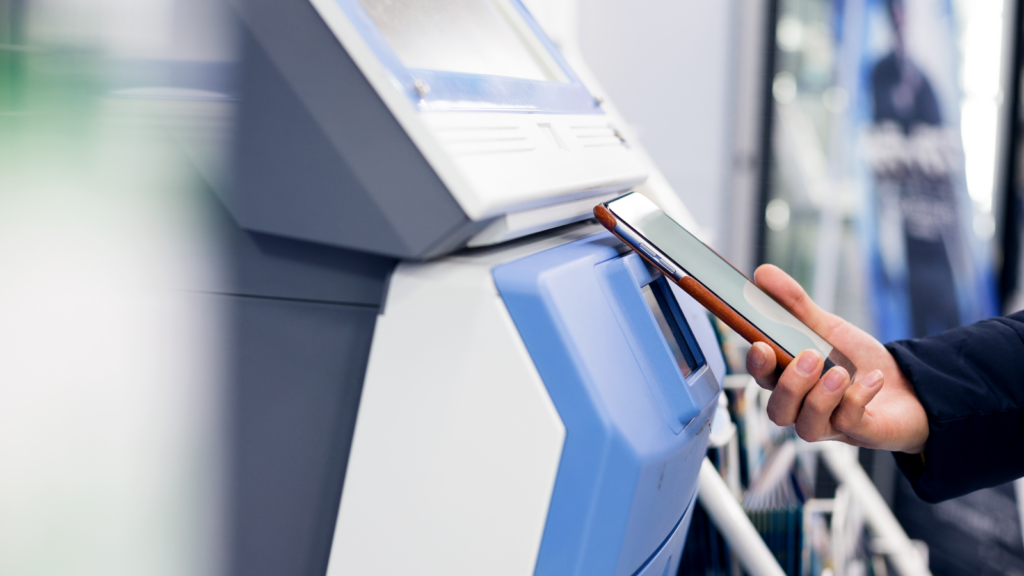Discover effective strategies and tips to boost survey response rates, optimize survey design, and collect high-quality data from customer feedback.
Customer feedback is constantly streaming in, whether it’s direct or indirect. You may collect it from a variety of customer signals across touchpoints, but it remains important to invest in direct, on-request customer surveys where you’re capturing answers to specific opinions surrounding customer experience (CX).
Surveys create a personal dialogue between your brand and its customers, allowing you to gain insight into their experiences.
Getting responses, however, isn’t always easy. Like you, customers live busy lives and aren’t always able to provide a survey response — as such, survey response rates are tricky to keep strong.
Calculating Survey Response Rates
Response rates for surveys are calculated by dividing the number of complete surveys by the total number of surveys sent: [surveys completed] / surveys sent] x 100.
If you send 5,000 surveys and 2,000 customers submit a completed survey, your response rate is 40%. It’s calculated like this: [2,000 / 5,000] x 100.
To put this in perspective, it’s a good response rate for most types of surveys. In fact, it’s nearly excellent. Typical survey response rates are between 5% and 30%.
Impact of Low Survey Response Rates on Data Quality
Low response rates indicate your surveys aren’t collecting a useful amount of data. You need a reliable sample size and demographic scope for a survey to be worth analyzing, and a small number of survey responses won’t represent the total experiences and opinions of your customer base.
10 Strategies to Increase Survey Response Rates
Not achieving high survey response rates? Survey response rates vary for countless reasons. Customers feel they don’t have enough time, or it doesn’t integrate well with their behaviors on different channels. But you can take action to increase survey response rates and gather valuable information, all while enhancing CX.
Choosing the best strategy to increase survey response rates depends on your brand, customers, and customer experience goals — here are the top strategies to increase survey response rates.
#1. Ask the right questions
Customers would like to answer questions that matter to who they are, what they did or purchased, and why you’re interested in their unique feedback. In their survey responses, they’ll give what they want and nothing more. Avoid dry questions, and instead position the survey’s questions to be experience-specific.
One of the best ways to improve the quality of direct feedback from surveys? Stop and look at what you’re actually asking. Focus on questions that are useful, actionable, and measure process or behavior.
Rephrase, for example, “How do you rate our room service?” to “How satisfied were you with the speed of room service?” — this offers a clear option for direct action. You’re guaranteed to have superior actionable insights.
#2. Make feedback part of your brand experience
Go to where your customers are to establish a dialogue on the channels they prefer — email, text message, in-app, or elsewhere. Regardless of where it takes place, interactions should be viewed as an extension of your brand.
Make sure you set up a seamless experience by testing out all aspects of the survey prior to contacting customers, including verifying how much time a customer should expect to spend on a survey and how the experience translates across channels.
The better the experience and the more channels available, the more likely you are to gather quality feedback.
#3. Keep the survey short
Customers don’t want to live in a survey for ten minutes. Aim for your surveys to take about two minutes of their time. Fewer, easier questions will lead to higher survey response rates.
Remember, too, that your surveys should be easy to read and navigate. Don’t greet customers with a wall of text or complex answer structures.
Short, simple surveys are the key to creating a constant and useful flow of information — and significantly boosting your survey response rates after each customer experience.
#4. Let your customer do the talking
Hand over the microphone! You don’t need to limit feedback to a quantified rating scale. Giving customers the chance to provide open-ended comments produces useful results. Customers feel empowered to give their opinions, and you can use text analytics to sift through keywords and uncover sentiment.
#5. Match the ask with the experience
When asking customers to share feedback, ensure that the survey matches the experience. Avoid taking a one-size-fits-all approach and using the same survey for every type of experience and each customer.
For example, don’t subject your customers to a 10-minute survey after a 5-minute shopping experience, and don’t ask them about your location’s decor if they ordered delivery. Dynamic surveys ensure each customer sees only the questions relevant to them, and you can test various lengths for different verified feedback programs to find the optimal length for getting the most responses.
#6. Ask through a chatbot
Chatbots for customer service streamline brand-customer interactions. Answering questions, booking appointments, and providing guided shopping assistance aren’t the only tasks a chatbot can do. Administering a survey through the conversational methods of a chatbot allows you to engage far more customers than would normally engage with a pop-up or email survey format.
#7. Make the survey a game
Top brands have successfully increased survey response rates through gamification — making the survey feel like a game.
Create an eye-catching and entertaining interface for the survey, and see response rates climb just because customers wanted to play a quick, enjoyable game. The right game design will depend on your brand and customers, ranging from puzzle and card games to micro adventure games.
#8. Provide an incentive for taking the survey
Customers give you their time when they complete a survey, so it just feels right to reward them in return.
Survey incentives are often the best way to motivate customers not just to start the survey, but also to finish a survey once it’s begun. You can offer loyalty points and rewards, a free gift, a promotional code deal, or free shipping on their next purchase. Anything that aligns with your brand experience will increase survey response rates.
The best survey rewards also encourage future engagement, rewarding customers both for taking the survey and returning to shop or hire your brand again.
#9. Ensure the survey is optimal for every device
In the digital-first age, customers live on a variety of devices — computers, smartphones, tablets, and smartwatches are all connected. Surveys need to be connected, too. No matter the device or channel, customers should be able to complete a survey wherever they prefer.
#10. Personalize surveys
Artificial intelligence (AI) and other intuitive automation tools to personalize survey questions, style, and timing to optimize response rates.
Data analysis may tell you that some customers are more responsive during a certain time of day. Or you may use personalization to ask customers about the specific products or services they recently ordered. Modern technology makes it possible to ask customers how they enjoyed working with a specific staff member or what they thought of a new feature in a venue they personally visited.
Personalizing surveys for customers makes the survey more relevant and inspires feedback they may not realize they wanted to share.
Increase Survey Response Rates with Medallia
Survey response rates are due for improvement if you’re reading this. It’s critical for a successful customer experience program — assuming you have CX as a priority within your organization.
Combining passive feedback channels with direct solicited feedback, such as surveys, provides a wealth of data to link back to how your organization operates. Remember to always ask actionable questions, design a positive feedback loop, allow open-ended answers, and personalize the experience.
Meet with a Medallia expert — you’ll establish a feedback program with best-in-class surveys and go beyond them to fully understand your customers with the broadest native feedback collection in the market.







